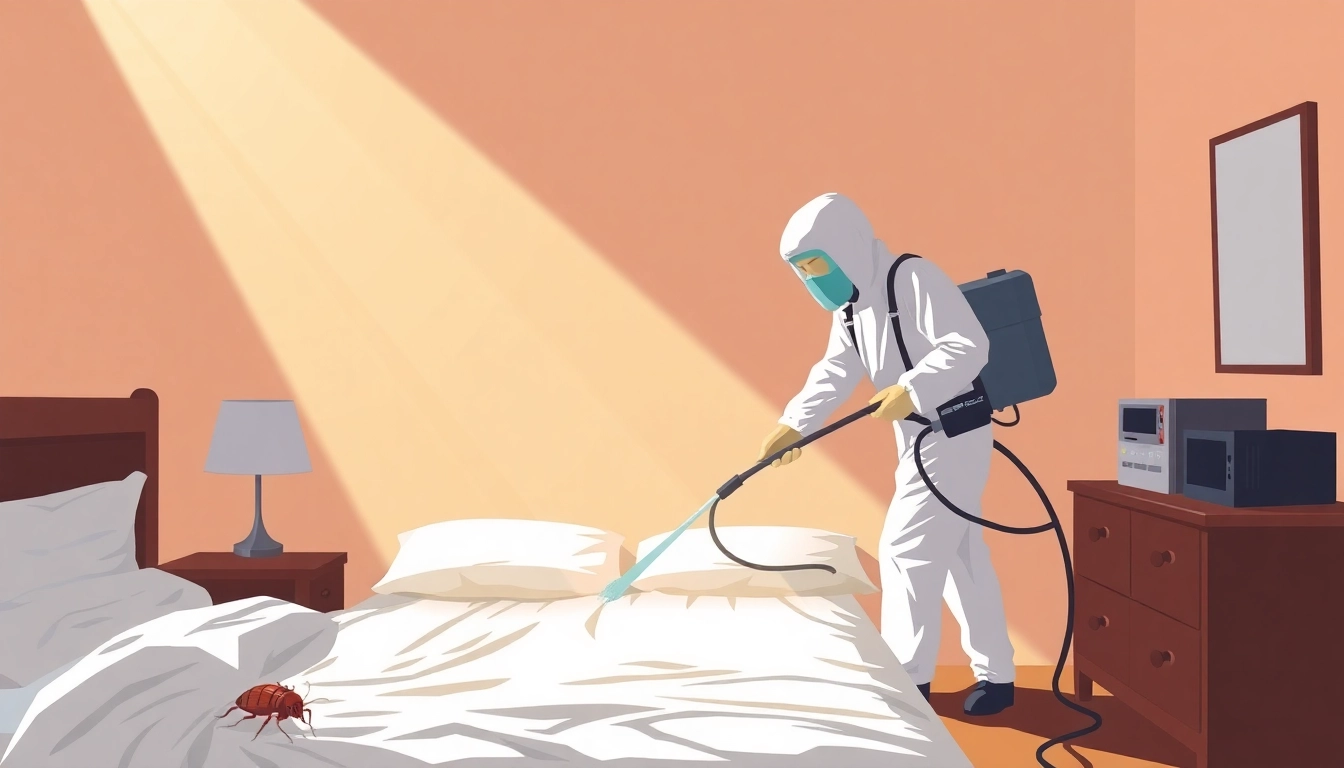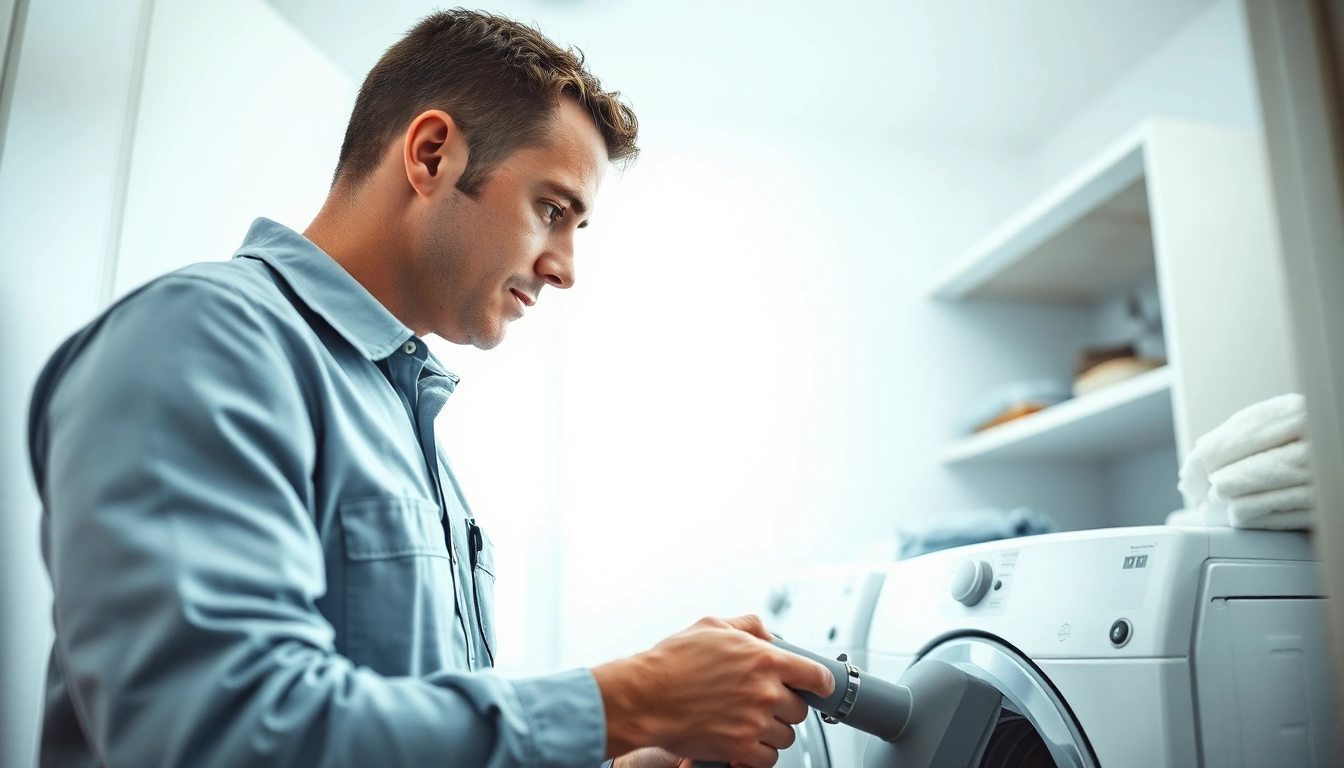Understanding Bed Bugs and Their Habits
What Are Bed Bugs?
Bed bugs are small, wingless insects belonging to the family Cimicidae. They are notorious for feeding on the blood of humans and animals, primarily at night when their hosts are asleep. Adult bed bugs are about the size of an apple seed and can be distinguished by their reddish-brown color and oval shape. Despite their name, bed bugs can be found in various locations, including furniture, clothing, and even luggage. Their resilience and ability to reproduce quickly make them a significant pest issue.
Signs of a Bed Bug Infestation
Identifying a bed bug infestation can sometimes be challenging. Common signs include:
- Red, itchy bites on exposed skin, often in clusters.
- Small, rust-colored spots on sheets or mattresses, which are fecal stains left by bed bugs.
- Molted bed bug exoskeletons, which are left behind as they shed their skins.
- A sweet, musty odor, which some people compare to berries.
- Live bugs found in mattress seams, bed frames, and other hiding spots.
Life Cycle of Bed Bugs
Understanding the life cycle of bed bugs is critical for effective bed bug pest control. Bed bugs go through several stages: egg, nymph, and adult. Each female can lay anywhere from 200 to 500 eggs over her lifetime, and these eggs hatch within a week. Nymphs take about five weeks to mature into adults, provided they have regular access to blood meals. This rapid reproduction cycle can lead to a small problem escalating into a full-blown infestation within a short timeframe.
Professional Bed Bug Pest Control Options
Heat Treatments vs. Chemical Treatments
When it comes to bed bug extermination, understanding the methodology is essential. The two primary approaches include:
- Heat Treatments: This method involves raising the temperature of the affected space to between 135°F and 145°F (57°C – 63°C). Such temperatures are lethal to bed bugs at all life stages, including eggs. Typically, a professional will use specialized equipment to ensure even heating throughout the area.
- Chemical Treatments: Chemical pesticides are often used due to their effectiveness and availability. Various insecticides can be applied, acting as both contact and residual treatments. However, due to evolving resistance, the effectiveness of certain chemicals varies. A comprehensive approach often involves combining these treatments for maximum efficacy.
How to Choose a Pest Control Service
Selecting the right pest control service can significantly impact the elimination of bed bugs. Consider the following criteria:
- Experience and Qualifications: Look for a company with specialized training in bed bug pest control and a proven track record of success.
- Inspection Services: A thorough inspection is crucial. Ensure the company offers detailed assessments to identify the extent of the infestation.
- Integrated Pest Management (IPM): Companies that utilize IPM strategies incorporate multiple methods, including monitoring and preventive measures.
- Guarantees: Check for service guarantees, which can indicate the company’s confidence in their methods.
Cost Factors for Bed Bug Extermination
The cost of bed bug extermination can vary widely based on several factors:
- Infestation Severity: Heavily infested areas will require more intensive treatments, increasing the cost.
- Treatment Type: Heat treatments often cost more than chemical treatments due to the equipment required.
- Location: Prices can vary based on geographical location and the available pest control services.
- Follow-Up Services: Many companies recommend follow-up visits to ensure complete eradication, which can add to the overall expense.
DIY Bed Bug Pest Control Methods
Effective Home Remedies
For those looking to address minor infestations, several DIY methods can be effective, although they may not replace professional help:
- Vacuuming: Regularly vacuuming infested areas can help remove bed bugs and their eggs. Ensure to dispose of the vacuum bag immediately.
- Steam Cleaning: Steam cleaners can effectively kill bed bugs on contact at temperatures above 130°F (54°C).
- Diatomaceous Earth: This powdery substance can dehydrate and kill bed bugs that come into contact with it. Spread it in areas where bed bugs are suspected.
Preparation Steps Before Treatment
Preparing your home prior to treatment can enhance the effectiveness of extermination efforts:
- Declutter: Removing unnecessary items can minimize hiding spots for bed bugs and facilitate access for pest control professionals.
- Wash and Dry Fabrics: Wash bedding, linens, and clothing in hot water and dry them on high heat to kill any bed bugs.
- Encase Mattresses: Use bed bug-proof encasements to trap any existing bugs and prevent new infestations.
Post-Treatment Maintenance
After extermination, ongoing maintenance is essential to prevent reinfestation:
- Regular Inspections: Conduct routine checks to catch potential problems early.
- Maintain Cleanliness: Keeping living areas tidy makes it more difficult for bed bugs to thrive.
- Monitor New Furnishings: Inspect any second-hand furniture or items before bringing them into your home.
Preventing Future Infestations
Routine Inspection Tips
Being proactive can save you considerable time and money in bed bug pest control. Consider these tips:
- Check for Signs: Regularly examine your sleeping areas and common locations for signs of bed bugs.
- Be Cautious When Traveling: Inspect hotel rooms and use luggage racks to store bags away from the bed.
- Consult Professionals: If suspicious dust or bites occur, contact a pest control expert for an inspection.
How to Travel Safely
Traveling can be a major avenue for bed bug transport. Safeguard against bringing them home by adhering to these practices:
- Inspect Accommodations: Look for signs of bed bugs in the room, particularly around the bed and furniture.
- Store Luggage Appropriately: Keep suitcases off the floor and away from upholstered furniture.
- Wash Travel Clothes: Upon returning, wash and dry all clothing on high heat.
Protective Measures for Your Home
Implementing preventive strategies can reduce the likelihood of future infestations:
- Seal Cracks and Crevices: Fill gaps in walls, floors, and furniture to limit hiding places.
- Regularly Vacuum: Vacuuming regularly can help to identify and control the pest population.
- Use Mattress Encasements: These can provide a barrier to prevent bed bugs from hiding in mattresses and box springs.
Frequently Asked Questions about Bed Bug Pest Control
Can Bed Bugs Be Fully Eliminated?
Yes, with appropriate treatments, bed bugs can be completely eliminated. Effective strategies often require multiple approaches, including professional extermination and ongoing vigilance.
Are Home Remedies Effective?
While some home remedies can help manage minor infestations, they are typically not sufficient for complete eradication. Professional assistance is advised for substantial infestations.
How to Handle Bed Bug Bites?
If you experience bites, clean the area with soap and water, and apply topical creams or antihistamines to relieve itching and discomfort. If severe reactions occur, consult a healthcare professional for guidance.















Leave a Reply